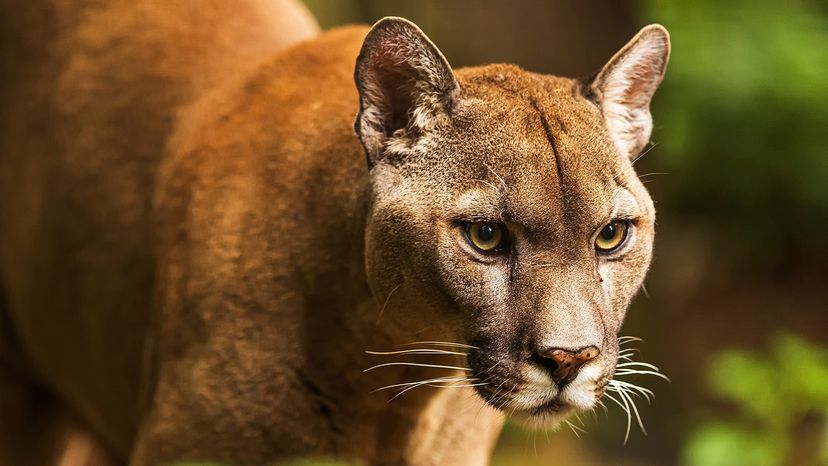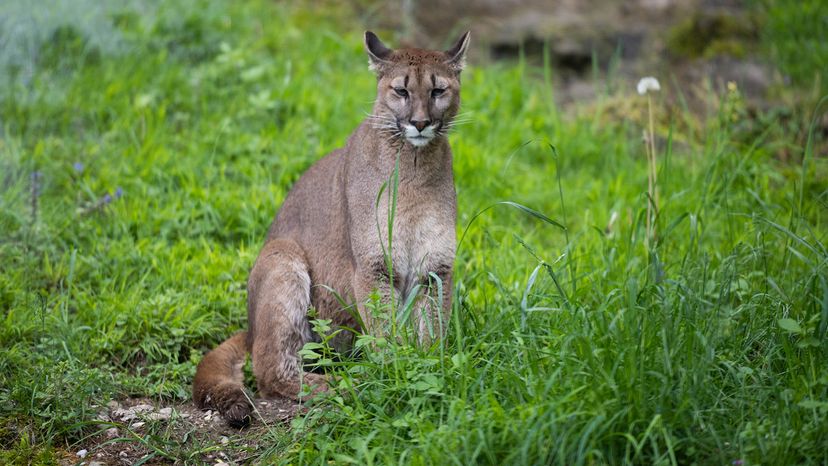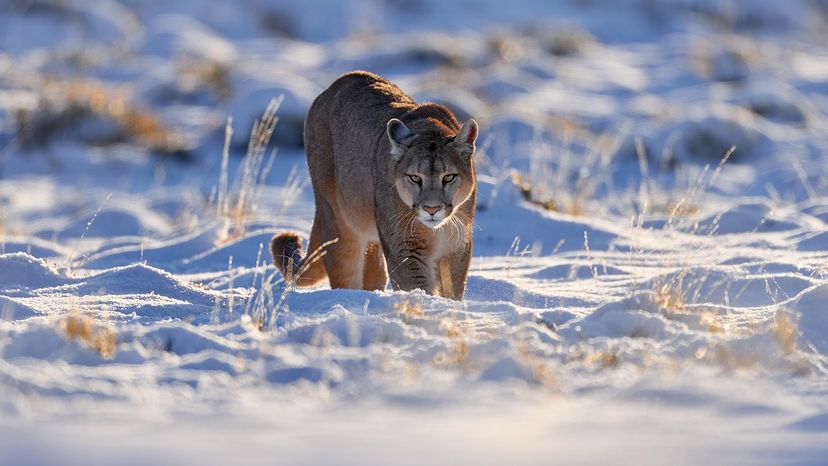Cougars are solitary animals with large territories. Males and females only come together briefly to mate, and female cougars raise their young alone.
Despite being adaptable, their populations are fragmented by roads, fences, and urban sprawl.
Conservation efforts vary by region. In Florida, it's focused on protecting habitat and genetic diversity. In other areas, efforts include monitoring home range size, managing human-wildlife conflicts, and educating the public.
These big cats are also protected in many regions, though illegal hunting and habitat loss still threaten some populations. Habitat corridors, road crossings, and wildlife protection laws are key tools for ensuring their survival and preventing this species from becoming an officially endangered animal.
We created this article in conjunction with AI technology, then made sure it was fact-checked and edited by a HowStuffWorks editor.


